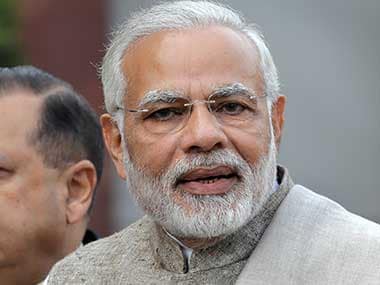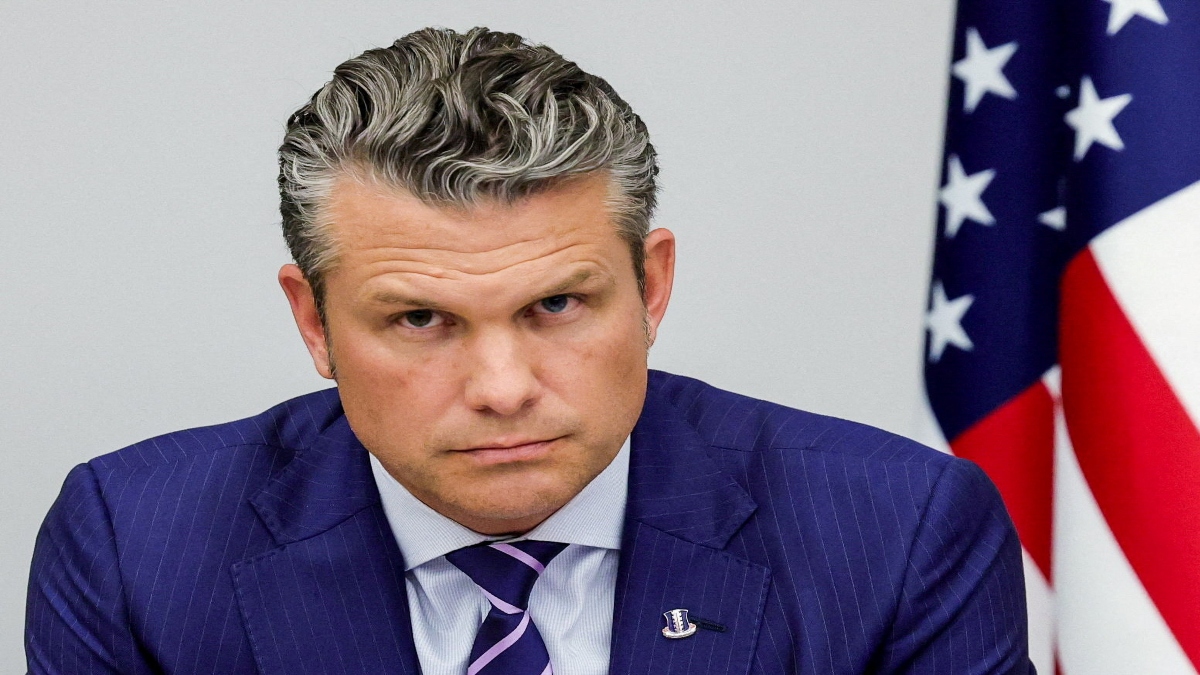A few days ago ace stock market investor Rakesh Jhunjunwala said he expects Prime Minister Narendra Modi to return to power in 2019. Explaining the rationale of his hope, Jhunjhunwala raised a very valid question in the minds of many investors including those who dislike Modi for political reasons: ‘What agenda the opposition has? Remove Modi?” Jhunjhunwala’s question, as mentioned above, resonates well with a lot of moneybags looking at investing in India’s largely untapped market, though many don’t say it openly for no one wants to be on the wrong side in the event of a major political upset in 2019. But there is conviction in the investor community that Modi has plans for the economy to work through whereas the Rahul Gandhi-led Opposition is armed with only anti-Modi rhetoric. The fear is that even if Gandhi manages to upset Modi in 2019 with the help of a grand alliance, he will have the coalition interests to deal with that will cause a further drag on the economy yet again. The policy continuity will suffer. In other words, despite the many levels of criticism against Modi, the politician, and the administration (for instance quality of data, government narratives on various campaigns vs ground reality and controversial economic moves such as demonetisation) investors think Modi will be a better bet in 2019 than the Gandhi-led Opposition. Even if 2019 turns out to be a fight of personalities rather than a clash of different agendas, as Jhunjhunwala seems to suggest, Modi has a clear upper hand over the Opposition on economic issues in Asia’s third-largest economy, seen to be a contender to China in the race to become the world’s manufacturing hub in the next three decades. Even when confronted with allegations on economic mismanagement, Modi comes well prepared to defend the charges with figures and logic that are still easy to contest but certainly not something to write-off outright even by experienced economists. In a recent interview given to ANI, Modi presented a strong defence on economic growth and jobs. The campaign of jobless economy must come to a halt now Modi said, citing progress on various fronts in the economy such as construction, e-commerce, start-ups, tourism and topped up his case with the new EPFO-based payroll numbers. In the last one year alone, one crore jobs have been created from across the board, Modi said. [caption id=“attachment_4481121” align=“alignleft” width=“380”]  File image of Prime Minister Narendra Modi. AP.[/caption] Now, let’s not forget that not everyone believes this argument blindly. There are strong counter-arguments against Modi’s claim on jobs. The Centre for Monitoring Indian Economy (CMIE) has been at the forefront of challenging the Modi-government’s job numbers with strong economic rationale. In a series of articles (read here), CMIE has accused the government of cherry-picking numbers and dubious statistical analysis on job data, particularly using EPFO-model. Interestingly, Modi’s own cabinet colleagues seem to have a different view on jobs. Recently, Union minister Nitin Gadkari stirred up a debate asking “where are the jobs” that was quickly picked up by the Opposition parties. Even when one can accuse the government for cherry-picking data and presenting a misleading picture, even Modi’s political rivals cannot deny that Modi’s term at the centre has offered a fresh direction to the economy through a mix of incremental and new reform steps. Most importantly, the creation of Insolvency and Bankruptcy code, reforms at monetary policy panel structure, and GST (goods and services tax) were important reform steps the Indian economy saw after a long period of policy stagnation. These have shown results already at various levels. Of course, some of the much-hyped campaigns like Make in India have not taken off yet, so is the promise of increasing share of manufacturing to the national income, privatisation of ailing public sector units (PSU) especially banks and resolving the agriculture crisis. Land and labour reforms, too, are still pending. On hindsight, demonetisation contributed to the major drag in the economic growth. Most economists agree that the gains of the exercise (formalisation in the economy, digital push, more number of taxpayers) were less compared to the pain points (no big success on black money, curtailing fake notes and cash-based corruption). Minus the demonetisation move, the GDP would have grown at least one percentage point higher. But despite all the minuses, Modi has still scored well on the reform-front and continues to have a conviction on the future course, which is lacking in the Opposition. Modi’s return in 2019 will also offer policy continuity. This is critical for the economy to continue on the path of structural reforms. India has suffered a long period of policy stagnation at the centre during the UPA-II marred by scams and corruption charges. What Modi did was to initiate a fresh course to get the economic momentum back through various measures (bank NPA clean-up, GST, subsidy rationalisation and start-up push). Most of these policies, with the exception of demonetisation, have worked well. Continuation of these policies is critical for India to keep going in the global race for growth-leadership. And India doesn’t have an eternity to achieve that. The International Monetary Fund recently gave three decades for India to catch up before its working population begins to decline. India has the advantage of a younger working population at this point but that benefit will start fading in the approaching decades. Investors, looking at India, will be looking for a political leader who can take up this challenge. The memories of prolonged policy paralysis during UPA era are still fresh. In this backdrop, the question is whether Gandhi and the grand alliance have a solid economic plan that can better Modi’s reform campaign and inspire confidence in the investor community? So far, the Opposition’s approach suggests otherwise. That leaves Modi as a better bet in 2019 for the economy.
Modi has a clear upper hand over the Opposition on economic issues in Asia’s third-largest economy, seen to be a contender to China in the race to become the world’s manufacturing hub in the next three decades.
Advertisement
End of Article


)

)
)
)
)
)
)
)
)



